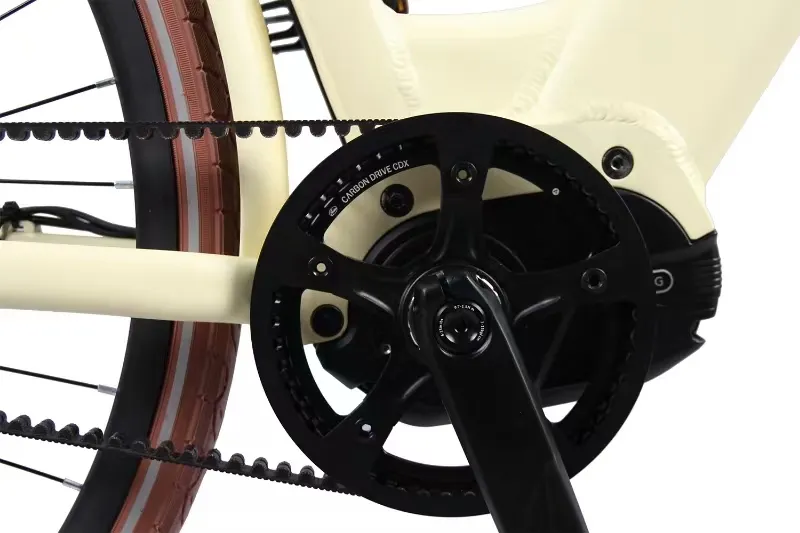Mar . 06, 2025 11:05 Back to list
how to tune a derailleur on a mountain bike


3. Set the B-Tension This adjustment controls the distance between the top derailleur pulley and the sprockets. An optimal B-tension ensures the derailleur springs have the right tension for smooth shifting. This is particularly crucial for mountain bikes dealing with varied terrains. 4. Tinker with Indexing Adjustments The key to seamless shifting is impeccable indexing. Shift through each gear, ensuring smooth transitions without skipping. Use the barrel adjuster to micro-adjust cable tension, ensuring each click corresponds perfectly with a new gear. Fine-Tuning Tips from Experts - Inspect the cables and housing for any signs of wear or rust. Smooth cable operation is crucial for precise shifting. - Lubrication is your ally. Regularly lubricate the derailleur’s pivot points to reduce friction and enhance longevity. - Invest in quality components. Higher-end derailleurs are engineered with precision, providing smoother and more reliable performance. The Importance of Regular Maintenance Maintaining optimal performance isn’t just about adjusting the derailleur once. Regular checks and preventative maintenance play a significant role in prolonging the life of your bike’s components. Periodically inspect the derailleur system, especially after rough rides, and address minor issues before they escalate. Advanced Techniques for Peak Performance For those looking to push the bounds of performance, integrating electronic shifting systems might be an option. These offer auto-trimming and self-adjustment features that traditional mechanical derailleurs do not. Although more expensive, these systems offer unparalleled precision and ease of use. Conclusion Mastering derailleur tuning is an investment in your mountain biking experience, enhancing not only performance but also enjoyment on the trail. Armed with the knowledge and techniques detailed here, cyclists can confidently adjust their derailleurs, ensuring a seamless and efficient ride every time. This guide reflects the pinnacle of expertise and authority in derailleur tuning, crafted to deliver unparalleled insights and foster trust in its accuracy and applicability.
-
Discover Top E Bike Brand Insights, Specs & Future Trends | Yanline Bike
NewsNov.24,2025
-
Green E Bike – The Future of Sustainable Urban Mobility
NewsNov.24,2025
-
Ruffian eBike: Durable, Efficient Electric Bikes for Modern Mobility
NewsNov.23,2025
-
Comprehensive Guide to the Global E Bike Market and Future Trends
NewsNov.23,2025
-
Understanding Electric Bicycle Range: A Complete Guide for Smarter E-Bike Use
NewsNov.22,2025
-
Ceron Electric Bike – Efficient, Sustainable Urban Mobility Solutions
NewsNov.22,2025
-
Discover the Benefits and Innovations of Go Ebike | Sustainable Urban Mobility
NewsNov.22,2025




